The B.C. government plans to subsidize Malaysian gas giant Petronas to the tune of $16 million, in part due to a promise to exclude a significant chunk of the greenhouse gas emissions from the Pacific NorthWest LNG project from compliance penalties, DeSmog Canada has learned.
British Columbia's politicians are in a special summer sitting at the legislature right now to debate Bill-30, the Liquefied Natural Gas Project Agreements Act, which will allow the government to enter into a $36-billion agreement with Petronas and pave the way for B.C.'s first major liquefied natural gas export plant, located near Prince Rupert.
Under the terms of the 140-page deal, the province would compensate Pacific NorthWest LNG if future governments raise income tax rates for LNG operations, add carbon taxes that specifically target the industry, or make changes to rules on greenhouse gas emissions. That could result in the province paying out $25 million a year or more.
While the compensation clause has commanded the lion's share of attention, DeSmog Canada has learned that the B.C. government has quietly excluded two sources of Petronas' carbon emissions from compliance standards, which will result in the province paying out millions of dollars in subsidies.
'Under the radar' change
In promising the world's "cleanest" LNG facilities, Premier Christy Clark set benchmark requirements for the facilities' carbon emissions. If a company fails to meet the benchmark, they must pay compliance penalties into a climate offset or green technology fund.
However, the province has also created an incentive program, which promises to pay a significant portion -- between 50 and 100 per cent -- of those compliance fees if companies come close to meeting the benchmark.
Plus, as part of the agreement between the B.C. government and Petronas, the government has quietly excluded two types of emissions from the equation, edging Petronas closer to the government's emissions benchmark and qualifying them for more money from the province.
According to Matt Horne, the Pembina Institute's associate regional director for B.C., the altered environmental incentive agreement with Petronas -- currently being considered in the B.C. legislature -- "flew totally under the radar."
Chris Tollefson, lawyer with the University of Victoria Environmental Law Centre, said the tweaked environmental incentive program doesn't hold the LNG industry accountable for its emissions and reduces the incentive to have cleaner operations.
"Under this subsidy regime, if you are an LNG operator, why bother investing in state-of-the-art GHG reductions technology to meet the LNG benchmark target when government must reimburse you each year for up to 100 per cent of the cost of buying 'compliance units' that bring you into deemed compliance with the target?" Tollefson said.
"I'm highly skeptical about subsidizing private companies so that it can be said they comply with government's environmental targets."
Emissions 'free pass': Horne
The issue centres around two types of emissions -- "entrained" emissions and "emergency" emissions.
Horne said the exclusion of these emissions under the environmental incentive program is "inconsistent" with the province's emissions reporting rules and "represents a big disconnect" from regulations.
Entrained emissions usually refer to the carbon dioxide that must be removed from natural gas before it can be transported by pipeline or liquefied for transport via tanker. These emissions are usually flared or vented directly into the atmosphere. Horne estimates the entrained emissions for the Pacific NorthWest LNG project will count for just over six per cent of total emissions, based on information submitted in the project's environment assessment.
Similarly, emergency emissions must be vented or flared as the result of an accident or to avoid one, and tend to be high in the first few years of a plant's life as operations are stabilized.
Emergency emissions are much more difficult to estimate as they vary from plant to plant and over time, but can add up to a huge portion of emissions in a project's early years.
"What you definitely have with this arrangement is that, at a minimum, because of that exclusion of entrained emissions, Petronas and others would qualify for a bigger subsidy under the program than they would have initially," Horne said. "Essentially what they're doing is saying Petronas gets a free pass on this entrained portion of their emissions. That moves them closer to the benchmark right off the bat and because of that, the closer they get, the bigger the proportional subsidy, the bigger the share of the compliance cost the province kicks in."
For the Pacific NorthWest LNG project, Petronas could pay as much as $12 million in penalties while receiving a subsidy of $16 million from the province, Horne said.
The weakened incentive program is likely to act as a template for future LNG projects in B.C., he added.
The B.C. Ministry of Environment told DeSmog Canada both entrained and emergency emissions must still be reported under the Greenhouse Gas Industrial Reporting and Control Act, but were excluded from the environmental incentive program because they fell outside of a LNG facility operator's control.
"Entrained CO2 and emergency events may be outside of the ability of the facility to control or anticipate, and it was felt a facility should not be excluded from the program... because of an infrequent event that is out of their control," a spokesperson with the Ministry of Environment said.
Expected emissions rankle critics
According to the project application, based on 2011 data, Pacific NorthWest LNG will account for nearly one-tenth (8.5 per cent) of all of B.C.'s annual emissions.
The project is expected to emit 5.28 megatonnes of carbon dioxide equivalent each year. The target for the entire province's carbon pollution by 2050 is 13 megatonnes per year.
In an analysis recently performed for the Pembina Institute, Horne estimated the carbon pollution from Pacific NorthWest LNG could increase to up to 10.7 megatonnes of carbon dioxide by 2030 due to the climate impact of fracking for natural gas.
NDP environment critic Spencer Chandra Herbert said it makes little sense to approve a project that will pollute at such dramatically high levels.
"When you have a law that says we have to reduce emissions by 30 per cent by 2020 and 80 per cent by 2050, but one plant comes close to polluting as much as we've allotted for the entire province, that's a huge problem," he said. "It really shows the lie of B.C. government's clean LNG promise."
Kathryn Harrison, professor of political science at the University of British Columbia, recently told the New York Times that the B.C. government's push to develop LNG (there are presently 20 LNG projects proposed) "will make it virtually impossible for British Columbia to meet its greenhouse gas targets."
She said for a province that considers itself a climate leader, significant LNG development is "a huge change of direction." ![]()
Read more: Energy, BC Politics, Environment




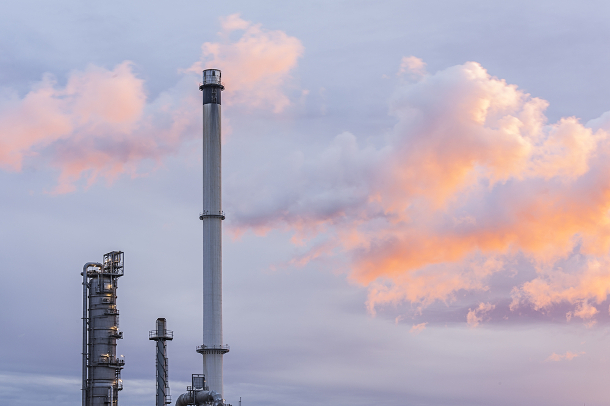
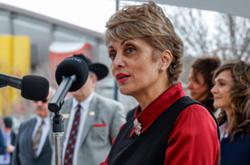
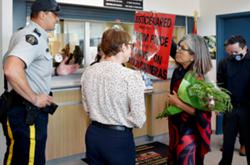
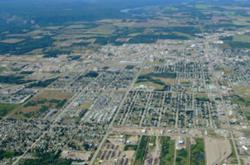

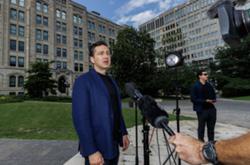

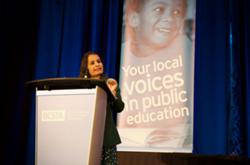
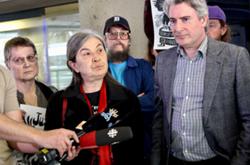

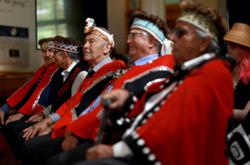

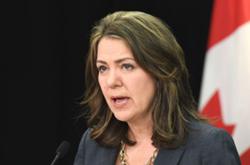
Tyee Commenting Guidelines
Comments that violate guidelines risk being deleted, and violations may result in a temporary or permanent user ban. Maintain the spirit of good conversation to stay in the discussion.
*Please note The Tyee is not a forum for spreading misinformation about COVID-19, denying its existence or minimizing its risk to public health.
Do:
Do not: